Resources: Fall 2019
By Dorottya B. Kacsoh and Keenan Whitesides, PT, DPT, NCS
WHAT WE’RE WATCHING
Cléo from 5 to 7 by Agnès Varde
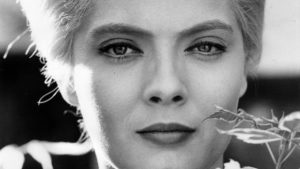
Photo Credit: Cléo from 5 to 7, Agnès Varda, 1962.
Cléo From 5 to 7 (1962) is a French film directed by Agnès Varda that chronicles the two-hour period between a singer’s biopsy and the result. In an age in which speaking of cancer was taboo, Varda creates this cancer narrative saying the word “cancer” only once. The film showcases the singer’s illness experience with little to no emphasis on the possible presence of cancer. The movie brings to light the lived experience, minute by minute, of coping with the uncertainty of possible illness. Naming the disease could exacerbate the illness; the film shows, in its own way, how it is critical to attend to each person’s perception of disease and the social implications it may have.
WHAT WE’RE READING
Writings on Medicine by Georges Canguilhem
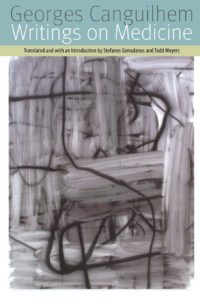
Photo Credit: Writings on Medicine, Fordham University Press; New York, NY; 2012.
This book is a collection of essays by the late Georges Canguilhem, a noted historian of science and medicine. In the chapter, “Is a Pedagogy of Healing Possible?” Canguilhem explores what it means to heal, how others impact one’s healing process, and how patients may need to redefine the meaning of health. Healing does not involve a return to “normal,” he writes; rather, it involves redefining one’s definition of normal. He argues that it is the role of the clinician to not only treat the patient’s body but also to deliver care in such a way as to foster healing on a holistic level.
Creating In/Abilities for Eating by Dikaios Sakellariou

Photo Credit: Photo by Ton Heftiba on Unsplash.com.
This article explores the desire—better yet, the necessity—of maintaining one’s sense of self when that is precisely what’s at stake. Occupational therapist Dikaios Sakellariou describes how familial caregiving impacted the treatment of his mother’s motor neuron disease. He explains that she was losing the ability to eat, but felt that consenting to a percutaneous endoscopic gastronomy (PEG) would compromise her sense of self. Her family instead chose to become her caregivers, helping with her daily intake of food and vitamins, to prevent that sacrifice. The article illustrates the crucial role of informal caregivers in determining a patient’s health and wellbeing, and how the involvement of the family should not be ignored during clinical encounters.
The Woman in the Mirror: Humanities in Medicine by Frank Huyler, MD, MPH
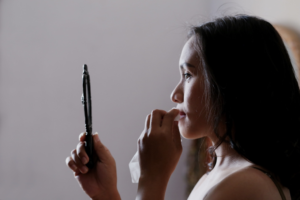
Photo Credit: Photo by Septian Simon on Unsplash.com.
In this article, Dr. Frank Huyler discusses the applicability to clinical practice of humanities studies. He draws on his experience with a difficult patient to illustrate how much of medicine is subjective rather than objective, that the healthcare system is based on cultural factors rather than purely scientific ones, and that these cultural influences can impact a patient’s quality of care. Rather than simply being an attempt to make clinicians more compassionate, the humanities act as a tool to promote attention to detail in the patient’s narrative and individual situation, which can influence outcomes—and affect how we practice medicine.
Using Joint Interviews in a Narrative-Based Study on Illness Experience1 by Dikaios Sakellariou, Gail Boniface, and Paul Brown
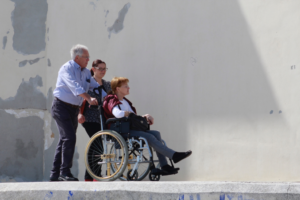
Photo Credit: Photo by Stephano Intintoll on Unsplash.com.
Patients with motor neuron disease often have someone, such as a spouse, deeply involved in their daily lives without whom it would be difficult to live independently. In this article, the authors discuss the importance of conducting interviews with both the patient and the caregiver. Joint interviews reveal the shared illness experience, which can be valuable when clinicians are assessing a patient’s condition and considering the involvement of informal caregivers.
References
- Sakellariou, Dikaios, Gail Boniface, and Paul Brown. “Using Joint Interviews in a Narrative- Based Study on Illness Experiences.” Qualitative Health Research, vol. 23, no. 11, 2013, pp. 1563-1570.


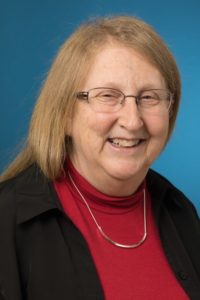 Nancy R. Kirsch, PT, DPT, PhD, FAPTA is currently the
Nancy R. Kirsch, PT, DPT, PhD, FAPTA is currently the 
 Member since 2019 | JM14274
Member since 2019 | JM14274


NO COMMENT